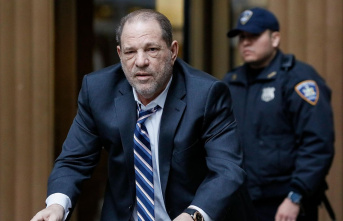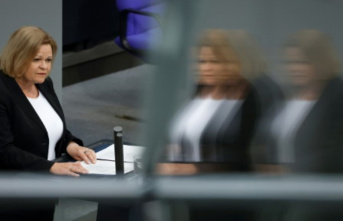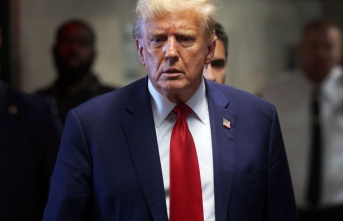After decades apart from military alliances, Finland and Sweden are preparing for a possible NATO candidacy to try to dissuade their Russian neighbor from attacking them, after the invasion of Ukraine.
• To read also: Mariupol and Boutcha, on the menu of the UN Human Rights Council
• To read also: Ukraine: a pro-Russian official evokes an annexation of the Kherson region, gas disruptions
• Read also: Ukraine: first trial for war crimes linked to the Russian invasion
For decades, most Swedes and Finns have been attached to their long policy of military non-alignment.
But the invasion of Ukraine on February 24 marked a drastic turning point, especially for Finland, which shares a border of nearly 1,300 kilometers with Russia.
While support for integration has hovered around 20-30% for 20 years, the latest polls now suggest that more than 70% of Finns and 50% of Swedes support membership.
In both countries, many parties have been or are in the process of changing their position on the issue. In the Finnish Parliament, a very clear majority in favor of membership is emerging. In Sweden, the Social Democratic Party, historically opposed to NATO, is due to vote between May 15 and 24, while the right-wing opposition pushes for membership.
Neutrality and non-alignment
Ceded by Sweden to Russia in 1809, Finland declared its independence from Russia during the Bolshevik Revolution of 1917.
Invaded by the Soviet Union in 1939, the country resisted valiantly during the three months of the Winter War. After the resumption of the conflict in 1941, Finland was forced into an armistice after three years of fighting.
At the end of a “friendship” treaty signed in 1948 under pressure from Moscow, the Finnish leaders agreed to stay out of Western military cooperation in a form of forced neutrality that has remained in history under the name of “Finlandization”. ".
The country escapes the rank of satellite state of the USSR, but remains under the eye of Moscow on its foreign and military policy.
After the fall of the Soviet Union, Finland joined the European Union (1995) and NATO's Partnership for Peace, but officially remained militarily non-aligned.
Sweden, for its part, maintained for almost two centuries an official policy of neutrality inherited from the end of the Napoleonic wars, in particular during the two world wars.
If it participated in military missions in Afghanistan or more recently in Mali, it has not been at war since a conflict in 1814 with Norway.
In the 1990s, its policy of neutrality was changed to a military non-alignment "aiming to allow" neutrality in the event of war.
While remaining outside NATO, the two countries have forged ever-closer ties with the alliance, which now regards them as the two closest non-member states.
Both countries have participated in NATO-led missions in the Balkans, Afghanistan and Iraq, as well as numerous joint exercises.
Army: massive reserves in Finland, reinvestment in Sweden
During the Cold War, Sweden and Finland devoted significant resources (4 to 5% of their GDP) to their armies, as a result of their lack of military allies.
With the disappearance of the Soviet threat, both reduced their appropriations, but Finland maintained a massive use of military service and reservists.
With its 5.5 million inhabitants, Finland can thus count on a wartime army of 280,000 combat-capable soldiers, plus 600,000 other reservists, an exceptional force for a European nation.
The professional army, however, has only 12,000 soldiers, although it trains 21,000 conscripts each year.
Sweden divested further, dropping from 2.6% of GDP in 1990 to 1.2% in 2020. But the country began to reverse the trend after Russia annexed Crimea in 2014.
Compulsory military service, abolished in 2010, was partially reintroduced in 2017. Currently, the Swedish army has some 50,000 soldiers.
Both countries have announced major military investments since the start of the war in Ukraine.
1












